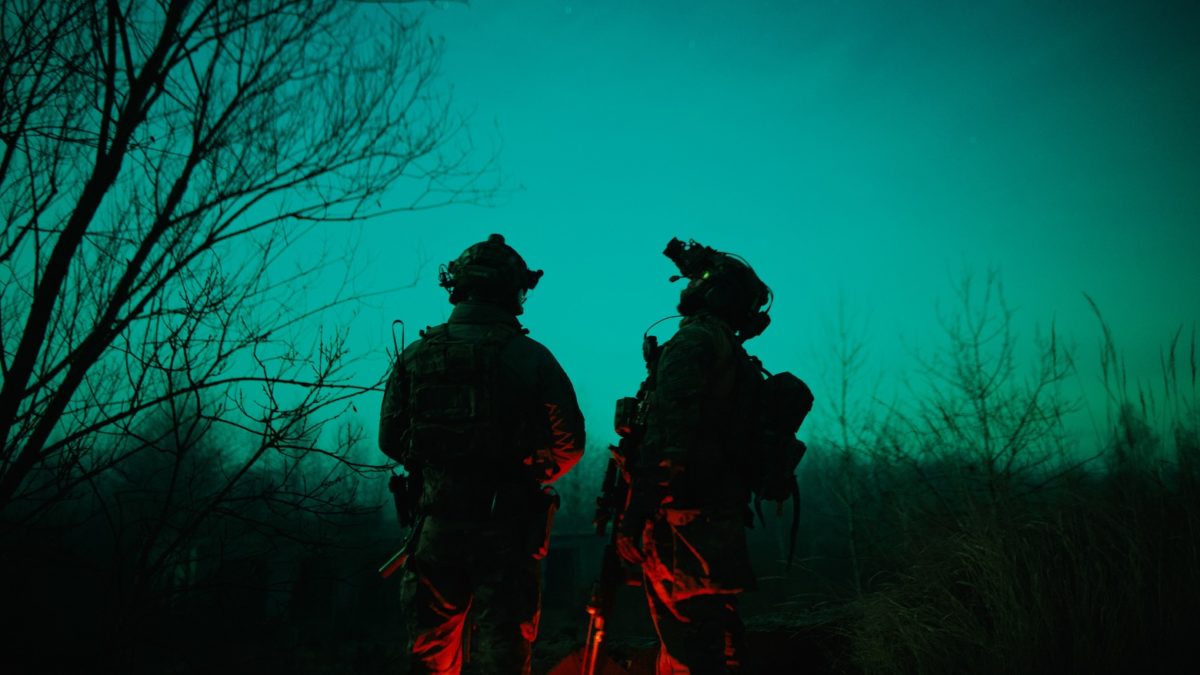
Development Of Body Armor in The U.S.
The development of body armor in the United States armed forces is like that in the British armed forces. Steel helmets were the standard practice ever since World War I but were discontinued in the 1980s when the first of a series of helmets made of nylon was released. In the late 1980s, the first iteration of the lightweight Combat Body Armor (CBA) was introduced. This body armor consists of a bulletproof vest with a soft ballistic filler designed to deflect fragments and 9-mm pistol shots. Ceramic plates could be added to the Enhanced Body Armor (EBA) variant to make it more resistant to bullets traveling at higher velocities and provide increased protection.
The Osprey Assault body armor system was developed in response to the need for better bulletproof vests and the combat circumstances present during the Afghanistan War. During this conflict, most of the fighting between the opposing forces took place on foot rather than in armored vehicles. The bulletproof vests were designed to be worn with an innovative style of helmet that allowed for greater mobility when firing in a prone position. This cutting-edge method requires ceramic plates with a smaller surface area.
Some infantrymen claimed that wearing too much body armor made it challenging to defeat mobile, weakly equipped guerrillas. However, the advantages typically exceeded the drawbacks. The deployment of IBA and Osprey-style systems significantly minimized torso wounds and saved many lives in battle. Still, protection came at the expense of a soldier’s limited mobility and higher weight, which thus decreased comfort and endurance. The Osprey Assault kit weighs almost 28 pounds (12.5 kg), which is only slightly less than the complete set of enhanced IBA with all inserts and add-on components, which may be acceptable for a cargo truck driver but a significant burden for an infantryman patrolling on foot in the intense heat of a Middle Eastern or South Asian summer.
For more articles, please click here.